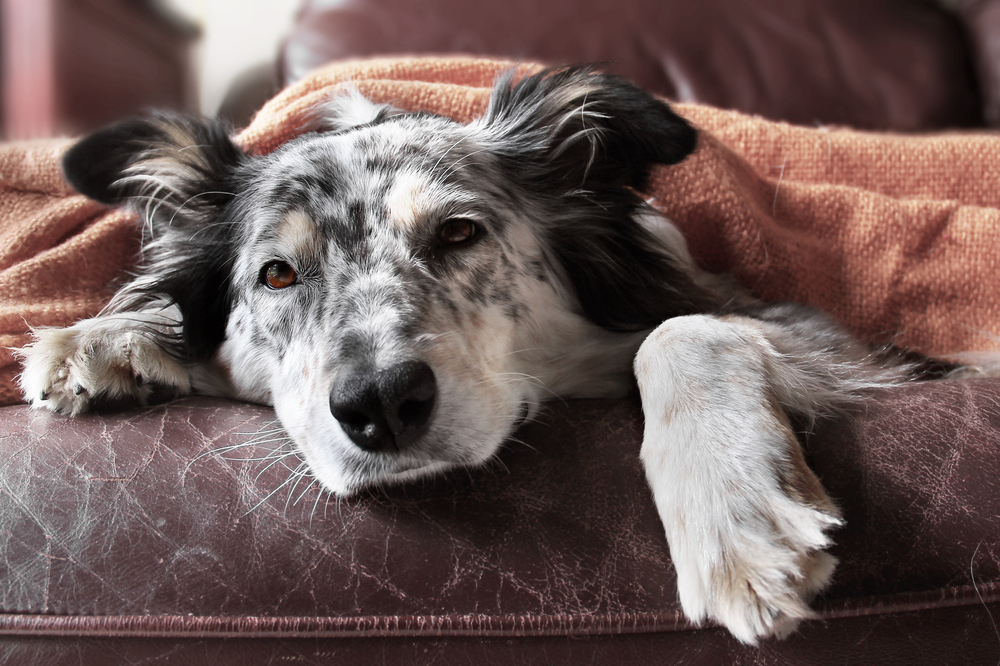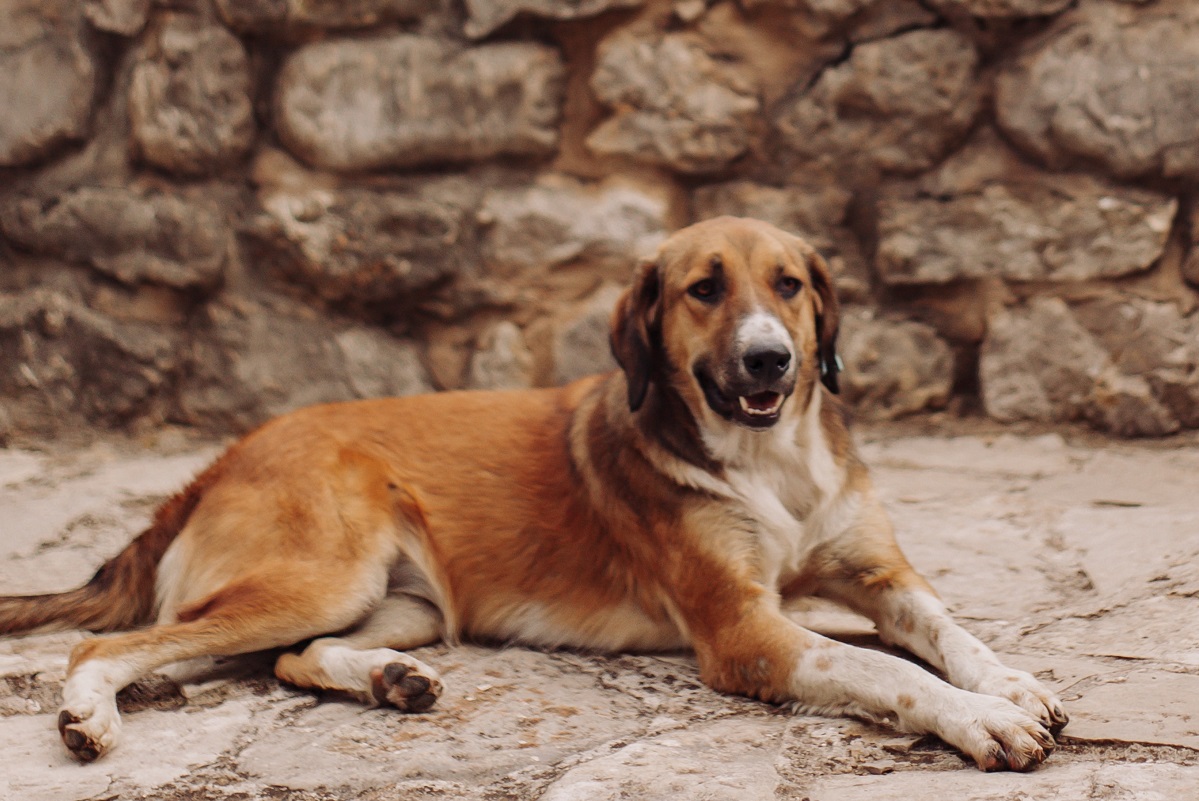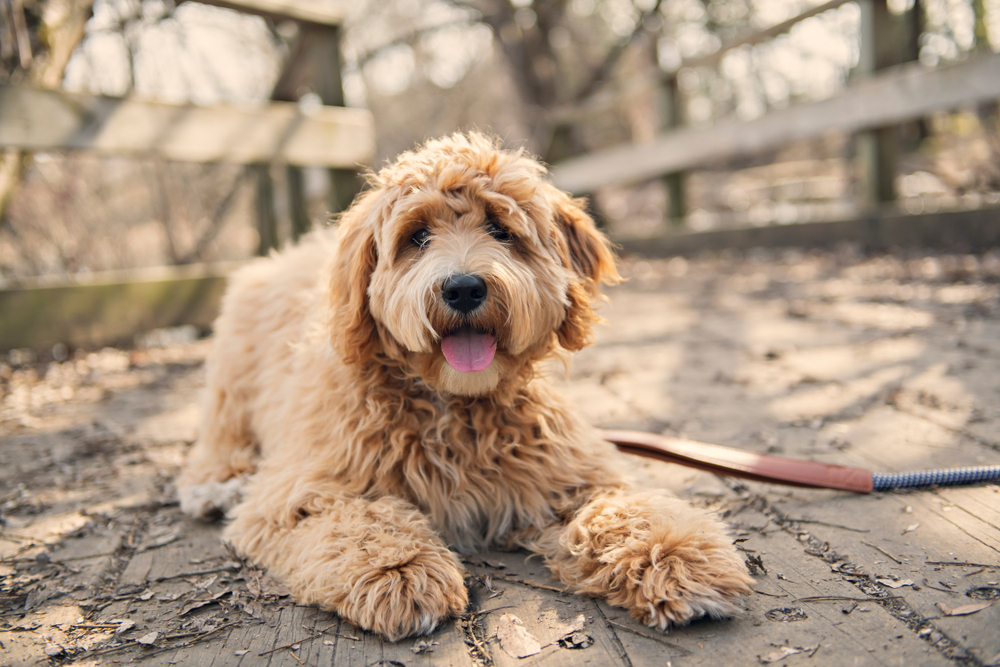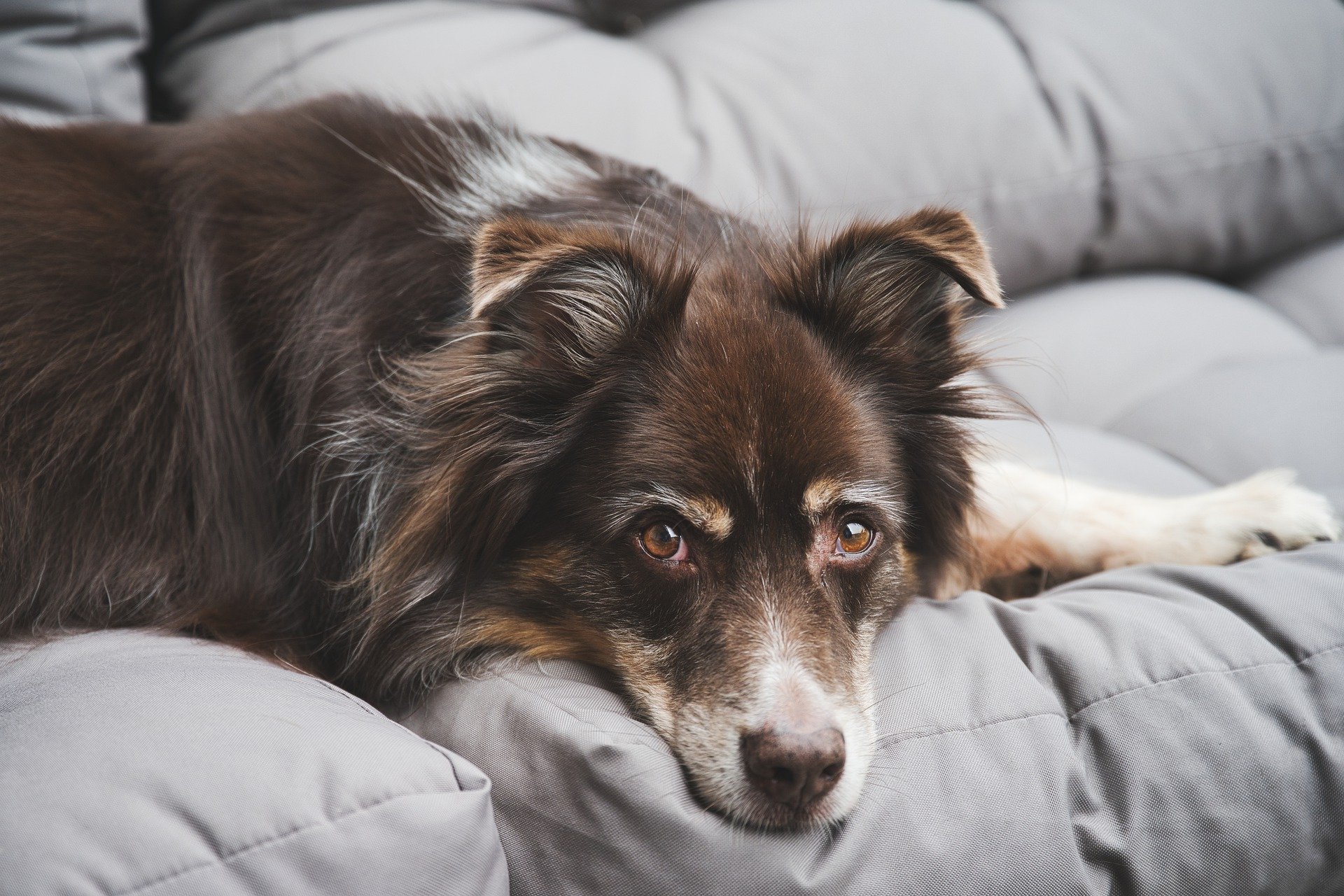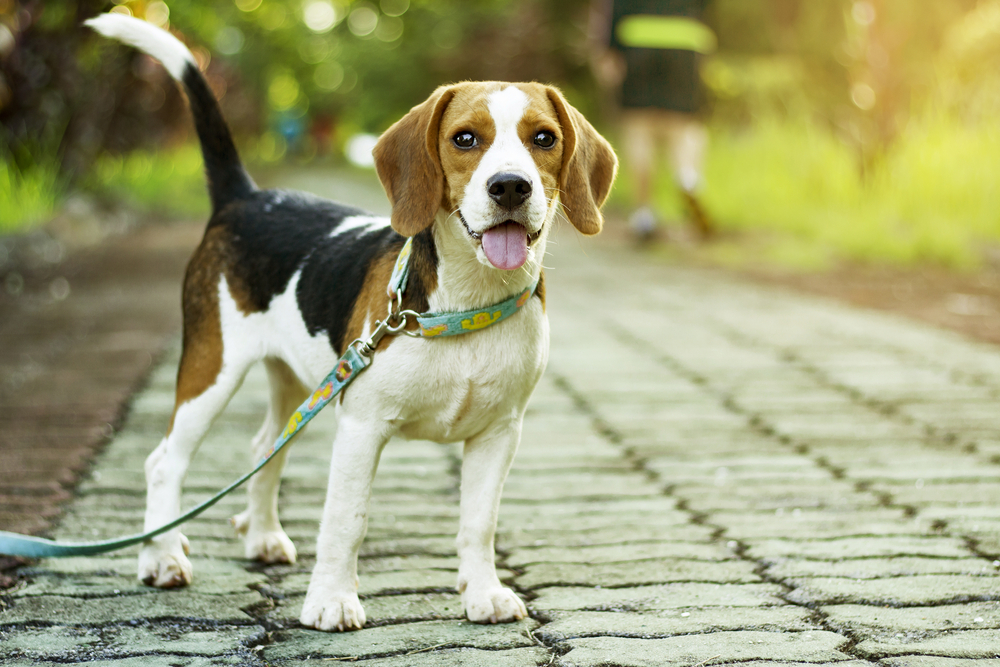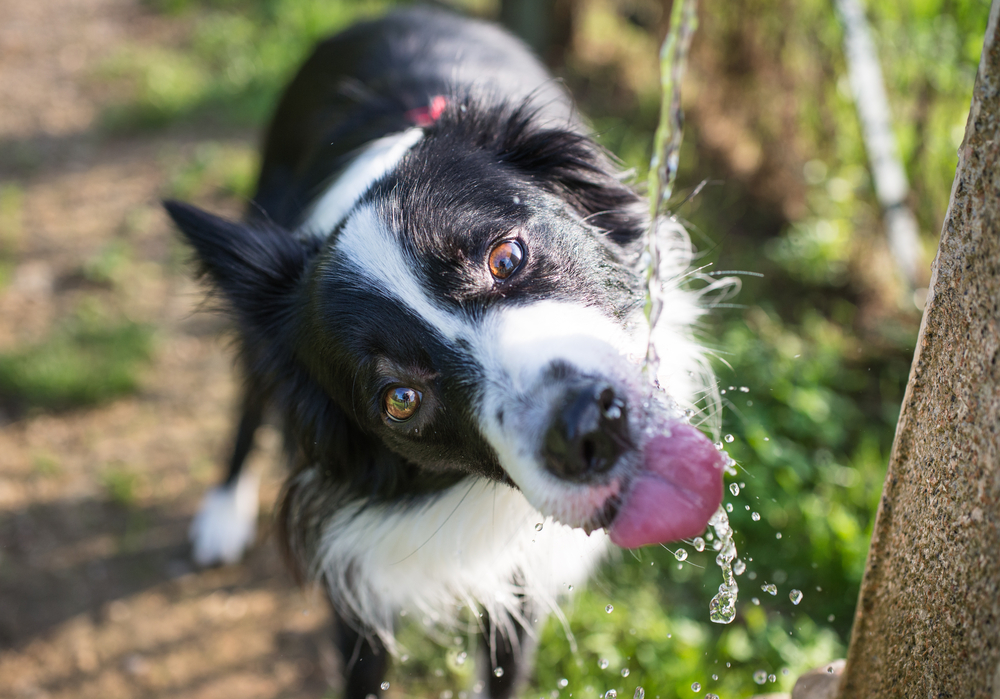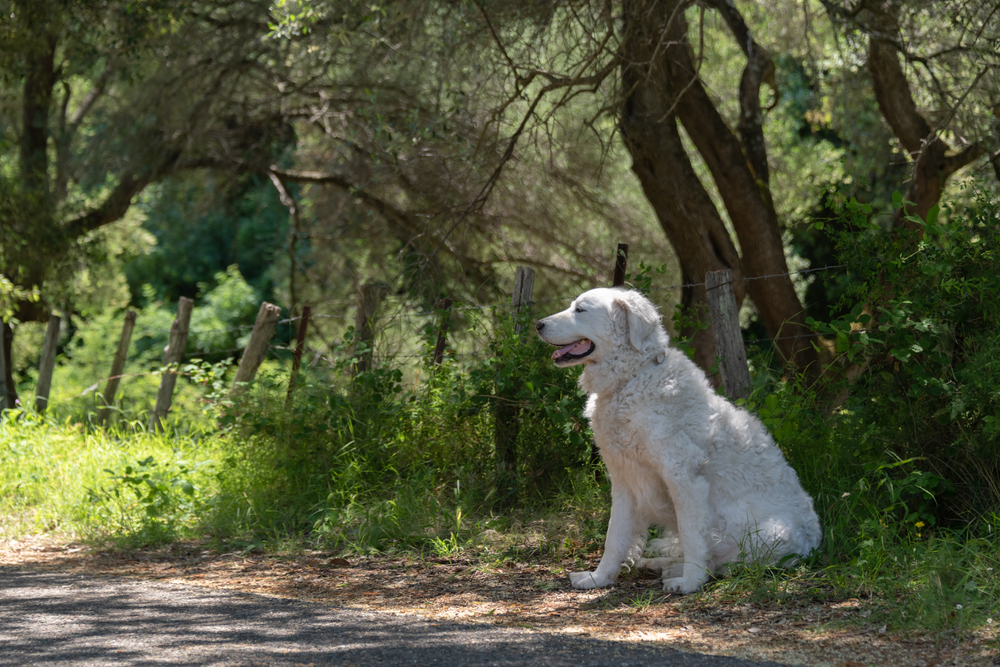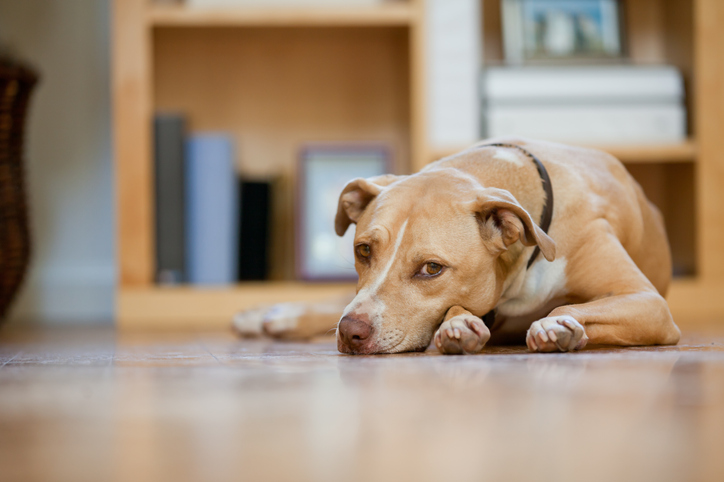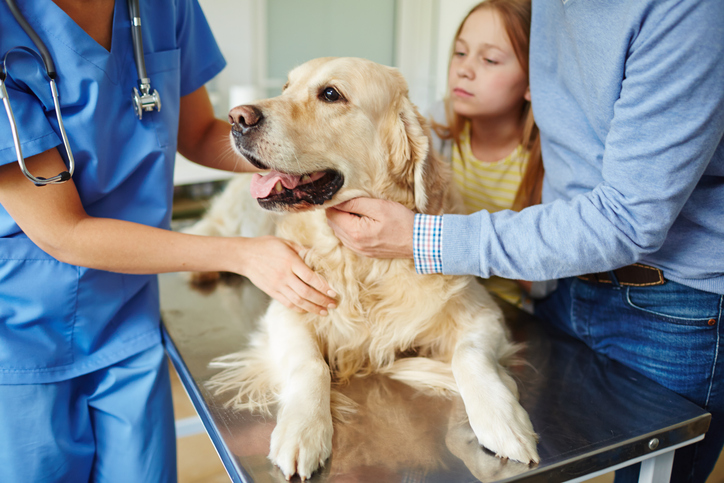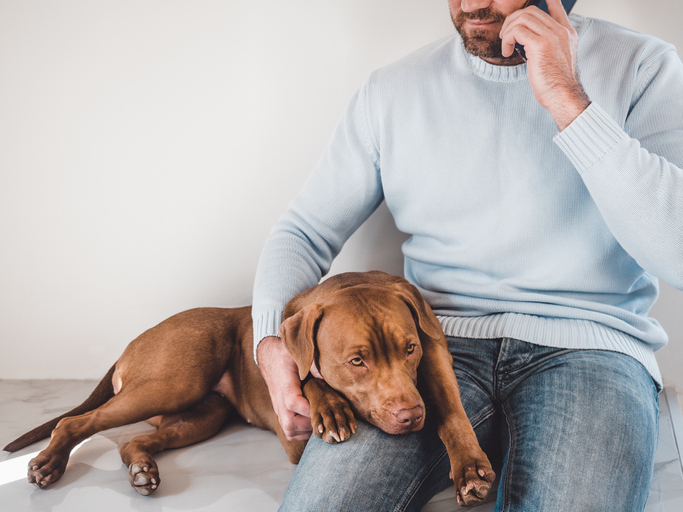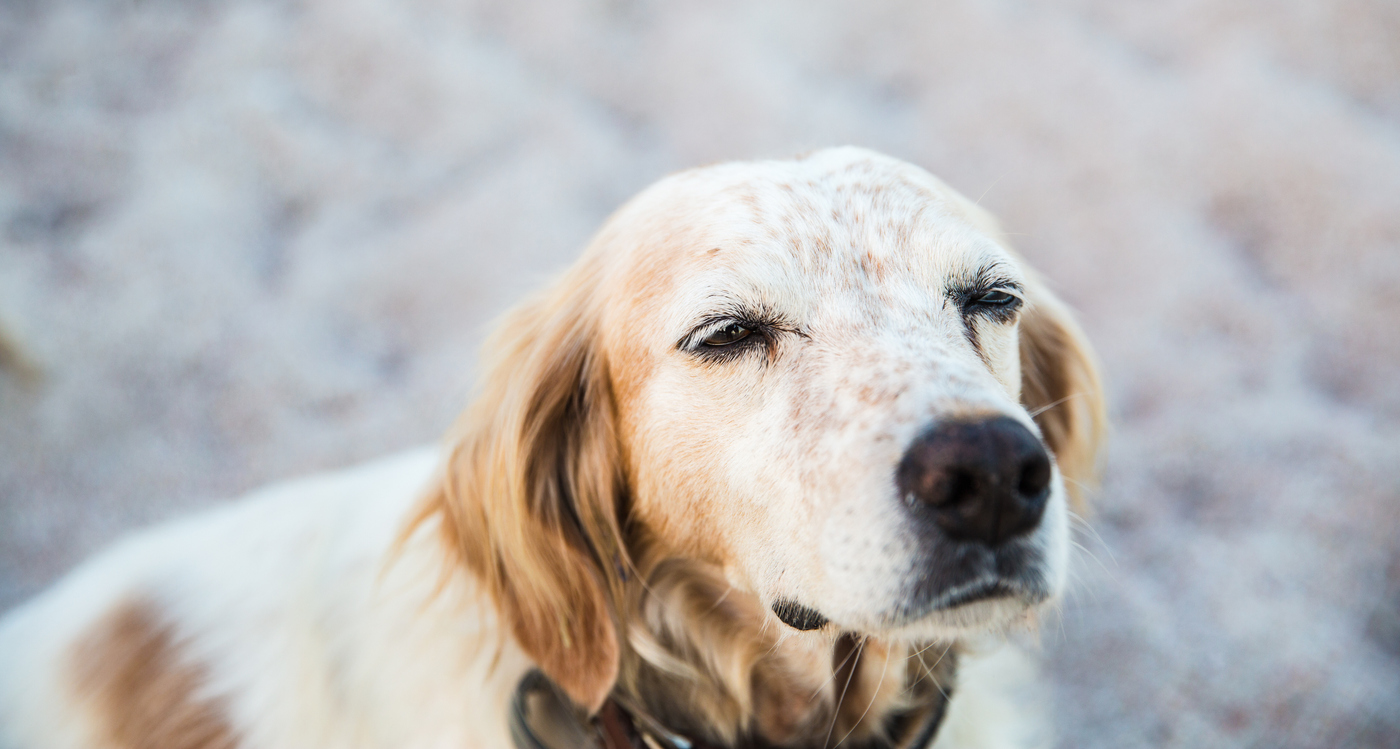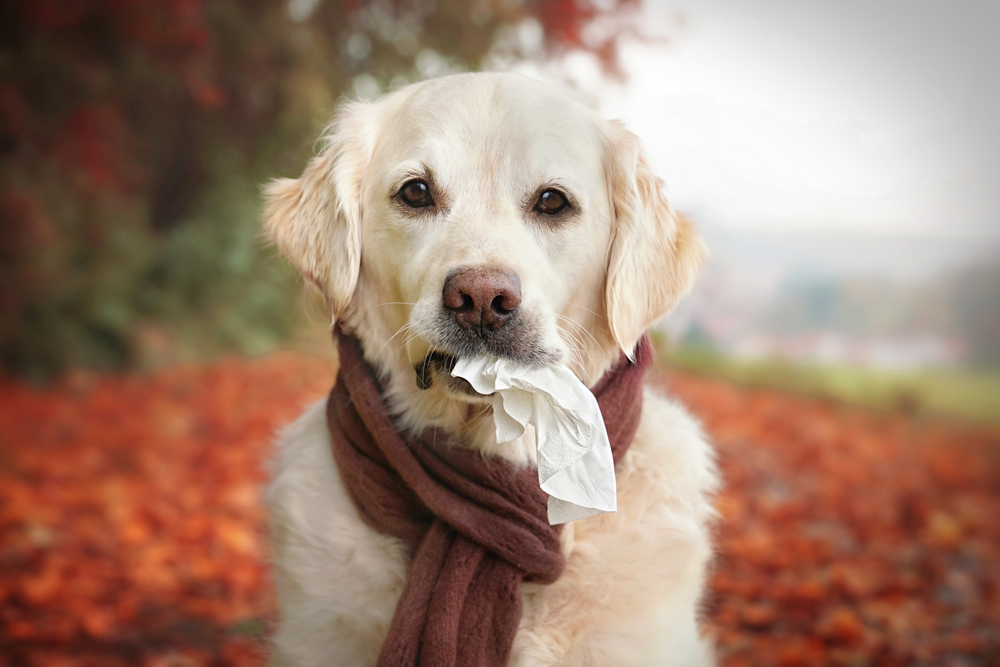Vomiting is not fun for anyone involved! The worry, the mess, the unknown – it is no mystery why vomiting in dogs is often accompanied by pet-parent-panic. Deciphering the cause of your dog’s vomiting can be tricky as there are seemingly infinite causes of vomiting in dogs. These can range from eating too fast, car-ride-induced motion sickness, and tummy upset from pizza stealing — to more serious issues like liver disease, kidney failure, intestinal inflammation, and viral and bacterial infections. … and the list goes on and on!
How do you know if your dog’s vomiting is serious and needs veterinary intervention? Here, we’ll take a practical approach towards vomiting in dogs and explore which situations may indicate that your dog needs veterinary care.
Vomiting or Regurgitation?
First things first – we need to make sure your dog is indeed vomiting and not regurgitating as both actions can result in a puddle of goo on the floor! Vomiting is when your dog performs a “heave, heave, heave … BLEHHH!!!” and forcibly expels contents from the stomach and intestines. On the other hand, regurgitation is more like a passive and quiet “burp” – there is no dramatic heaving process, but a large amount of undigested food is returned to the floor.
Why does it matter? Distinguishing vomiting from regurgitation can give hints for different conditions, so it is important to know which is affecting your dog. Causes of regurgitating food is a subject for another day, but if you suspect your pup may be regurgitating, a visit to the veterinarian is recommended!
Is Your Vomiting Dog Acting Normal or Lethargic?
Not all vomiting is created equal! Here we will describe some of the common scenes you may encounter in your home and break down when vomiting may be no big deal versus a more serious situation that needs veterinary support.
The “Puke and Rally”
Sometimes dogs just vomit randomly, and that is okay! Single occurrence, transient vomiting is just something that dogs will do from time to time, and it is often no cause for panic. Many times, the exact cause is not even determined — and sometimes a dog will even consume the evidence by gobbling it back up right away (EW!). A dog who vomited once but is otherwise feeling fine, eating and drinking normally, having normal urine and bowel movements, and otherwise carrying on with his day like normal sounds like he is doing just fine! Keep an eye on this guy though, as repeated vomiting or a change in appetite and attitude may indicate that there is more going on.
What might be some causes of the “puke and rally” in dogs? Being the curious scavengers that they are, dogs are not shy about putting things in their mouths and swallowing them! Dietary indiscretion can affect both old and young dogs (especially the curious youngsters!) due to the sampling of plants, seeds, dirt, bugs, toxins, human food, and more. All of these bear the potential to cause a transient upset stomach. Also be aware that changing dog treats and food brands, varieties, or even opening a new food bag can also cause an upset stomach in some dogs.
AskVet Tip: Dogs can be very sensitive to diet changes! When changing your dog’s diet to a new brand, variety, or even opening a new bag of food, a slow transition is recommended to help your dog’s stomach and digestive tract adjust to the new food. A gradual transition over 1-2 weeks, adding the new diet to the old, can help alleviate some of the possible tummy upset that can occur from introducing a new food. It is recommended to introduce the new diet by offering 25% more every 2 days, and simultaneously phasing out the old.
Puppies will sometimes eat their food very fast (often not even taking the time to chew it up!) and engorge themselves, causing a prompt return of their undigested food to the floor shortly afterward! Slowing down their eating habits using food puzzles and timed feeders can help delay the consumption, aiding in proper digestion.
Puppies and young dogs are also often victims of motion sickness, frequently vomiting in the car every time they are out for a ride. Your veterinarian can recommend some medications to help this issue, and thankfully puppies do tend to grow out of motion sickness as they age and mature!
Repeated Vomiting, But Still Feelin’ Fine
Unfortunately, there are times when dogs will vomit more than just once, which is more concerning and requires some close monitoring at home. Dogs that have vomited a few times, but remain active and happy, have an appetite, are drinking water (and holding it down), and continue to pee and poop normally may recover on their own in a short period. However, if that vomiting continues or other conditions change, keep a close watch as they may need some follow-up care and diagnostic testing at the veterinary clinic.
What are some causes of multi-episode vomiting, but remaining pretty normal otherwise? Again, dietary indiscretion (eating random stuff, people food, toxins, new diets, etc) might kick off more serious stomach and intestinal upset that lingers and does not rectify itself quickly. Dietary Intolerances and food allergies can also cause multiple episodes of vomiting, too, since the food is causing repeat daily irritation. An intestinal parasite could be the culprit too, and sometimes you even see some wriggly worms in the vomit, indicating that your pup needs some testing and treatment. Some medications can irritate the stomach and intestinal lining too, causing some vomiting after administering it.
A condition called bilious vomiting can cause some puppies and senior dogs to experience occasional vomiting of yellowish liquid due to their stomach being empty for a prolonged period of time during the hours in between meals. This long period with no food allows stomach acid to build up and make your dog nauseous! If your dog suffers from this condition, you may see vomiting first thing in the morning before breakfast, or sometimes in the late-afternoon, hours after the last meal. Dogs with bilious vomiting typically do not have any other symptoms of illness, have a good appetite, and are otherwise feeling fine.
Prolonged vomiting is always something to closely monitor as it could represent the tip of the iceberg to come. If a vomiting dog changes from feeling fine to acting more quiet or even lethargic and also develops additional signs like diarrhea or passing up a meal, this could be an indication that things are worsening instead of improving. These pups need an appointment with their veterinarian for some testing, support, and treatment.
AskVet Tip: If you have the knowledge or suspicion that your dog has ingested a bone, string, toy, ball, sock, corn cob, plants, potentially toxic materials, or has overdosed on medication (hers or someone else’s), please consult with your AskVet Veterinarian immediately so they can triage the severity of the exposure and direct any necessary action. With these ingestions, the sooner treatment is received the better the outcome!
Repeated Vomiting, With Lethargy
This is the most worrisome group. Dogs who are vomiting and lethargic, not wanting to eat or drink, with or without diarrhea, need urgent veterinary care and support. To narrow down causes and assess the severity of your pup’s condition, the veterinarian will likely run some blood and urine tests, and also may recommend an abdominal x-ray or ultrasound. Some other specialized tests may be warranted too, in order to determine the underlying cause and tailor the treatments. Vomiting with lethargy could be the symptoms of many many issues and health conditions, all needing some testing in order to discriminate between causes. The list below is not exhaustive but includes some of the more common causes of prolonged vomiting with lethargy and decreased appetite…
-Stomach or intestinal foreign body obstruction (swallowing a bone, toy, sock, string, corn cob, etc that can become stuck in the stomach and/or intestines and cause a blockage)
-Parvovirus (young and unvaccinated dogs)
-Pancreatitis (usually preceded by eating something abnormal)
-Medications (some can cause stomach and intestinal ulceration, alter the bacteria, or cause inflammation and adverse reactions)
-Enteritis/Colitis (inflammation of the intestines and colon)
-GDV/Bloat (stomach filling with air and twisting)
-Kidney and Liver Failure (acute and chronic)
-Heat Stroke, Dehydration (usually preceded by heat exposure, activity)
-Bacterial and Viral infections (intestinal upset)
-Addison’s Disease (Adrenal glands not producing enough hormone)
-Pyometra (uterine infection)
-Cancer (rule out the other stuff first!)
When To Worry
Dogs do tend to vomit quite a bit! Thankfully it is typically more of a one-and-done situation and does not need any follow-up care. If your pup does have an episode though, keep a close eye on him that day, just in case things progress or you detect other signs.
The dog that is feeling sick, not eating, and continuing to vomit is very concerning and meets the criteria for seeking veterinary care urgently. Keep in mind too that some dogs are very stoic (Labradors and Boxers specifically) and may discreetly hide their pain, maybe even tricking you with bursts of energy. If you suspect something may be wrong, consulting with your AskVet veterinarian, calling your family veterinarian for an urgent appointment, or seeking emergency care are all appropriate actions. Treatments for vomiting in dogs are based on the cause and level of severity, so once your veterinarian gathers information and narrows down a diagnosis, they will advise the best treatment plan to get your pup feeling better again!

